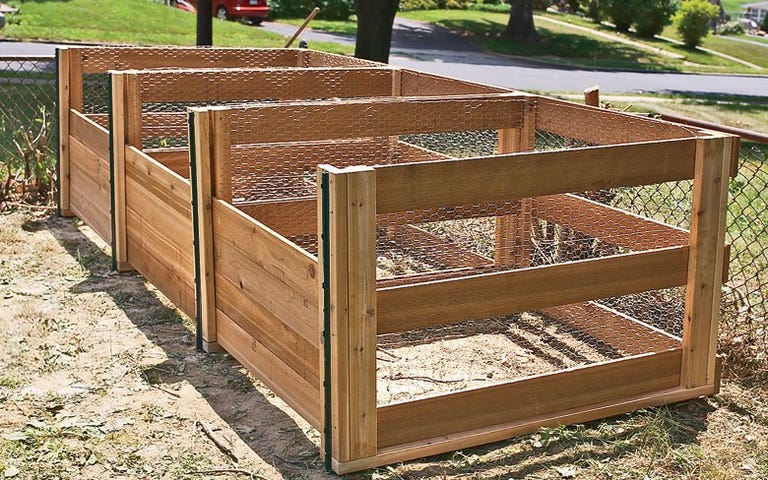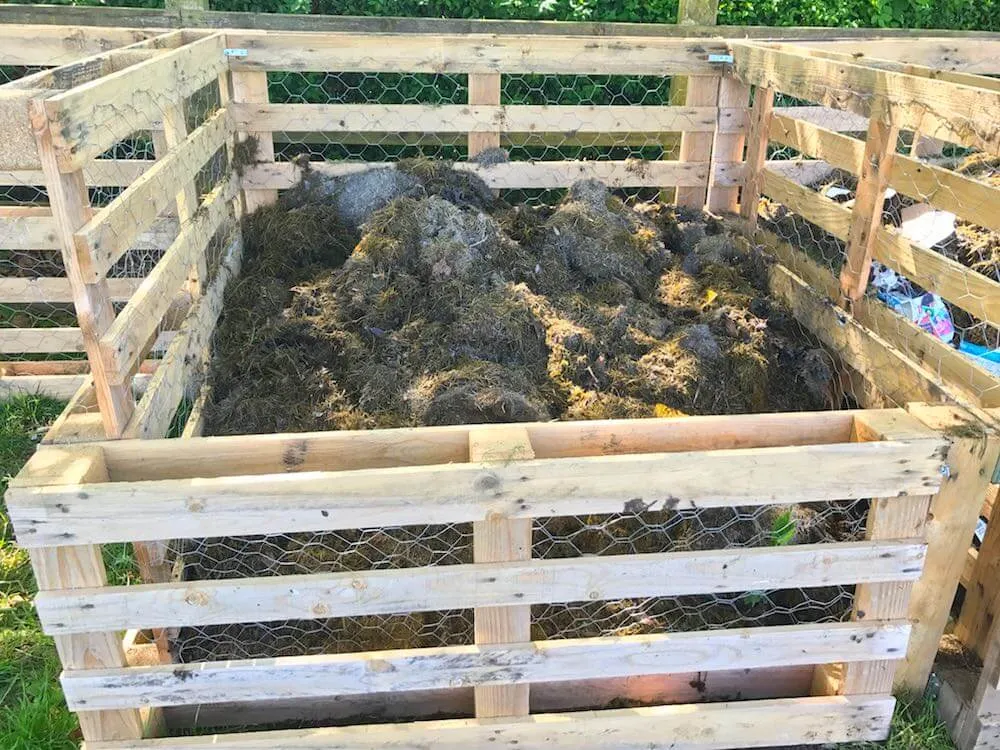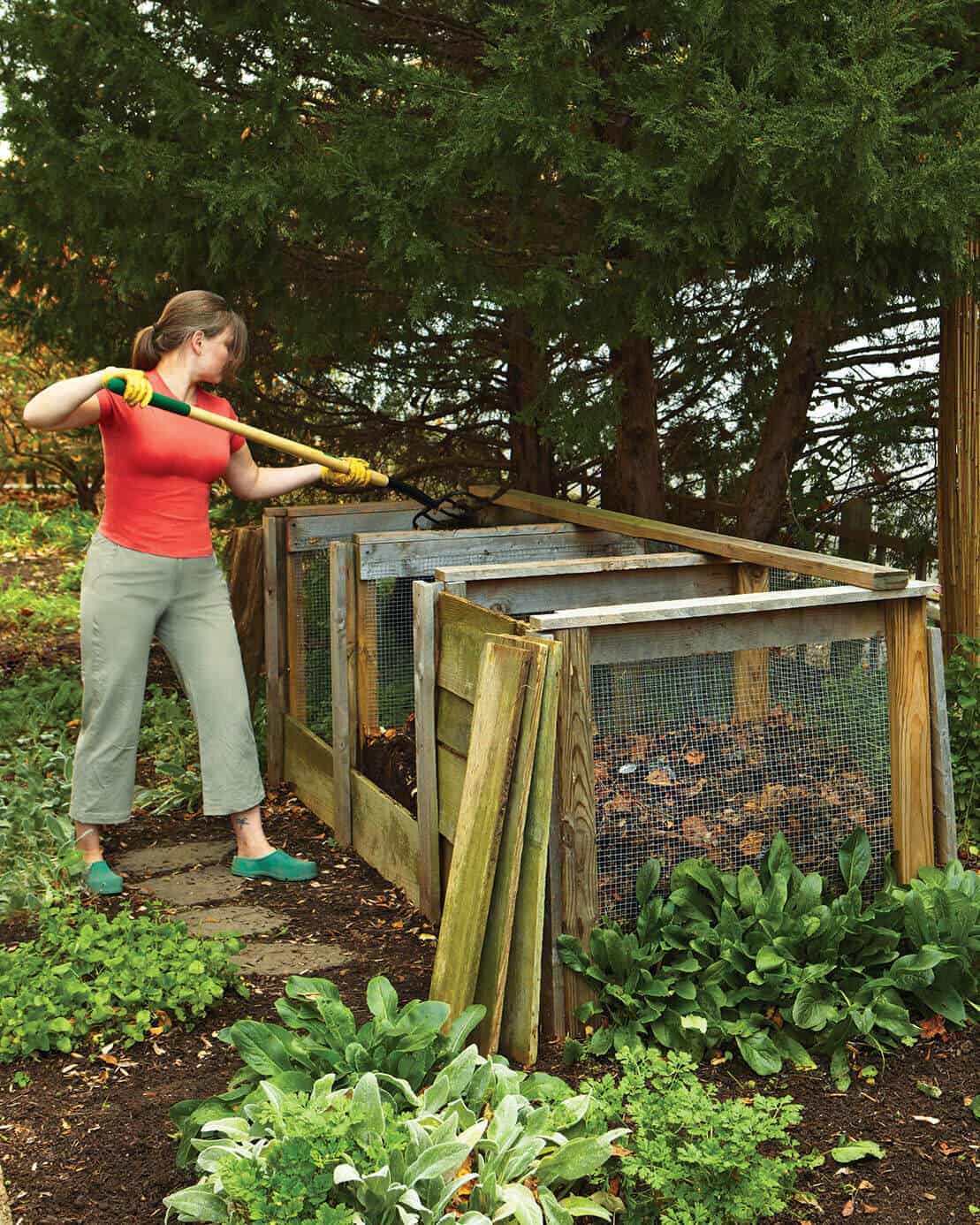Upcycling Pallets for a Sustainable Garden
As the world shifts towards a more eco-friendly and sustainable lifestyle, gardeners are finding innovative ways to reduce waste and create a more environmentally conscious garden. One such method is upcycling pallets to create a compost bin, a simple yet effective way to turn waste into a valuable resource. By learning how to make a compost bin out of pallets, gardeners can reduce their carbon footprint, save money, and create a nutrient-rich soil amendment for their garden.
Composting is an essential part of sustainable gardening, as it allows gardeners to recycle organic waste and create a natural fertilizer for their plants. By using pallets to create a compost bin, gardeners can divert waste from landfills and create a valuable resource for their garden. This approach not only reduces waste but also promotes sustainability and reduces the need for synthetic fertilizers.
In addition to the environmental benefits, upcycling pallets to create a compost bin is also a cost-effective solution for gardeners. Pallets are often readily available and can be sourced for free or at a low cost, making it an affordable option for gardeners of all levels. By using pallets to create a compost bin, gardeners can save money on waste disposal and fertilizer costs, while also creating a valuable resource for their garden.
Furthermore, upcycling pallets to create a compost bin is a creative and innovative way to promote sustainability in gardening. By thinking outside the box and finding new uses for waste materials, gardeners can reduce their environmental impact and create a more sustainable garden. This approach not only benefits the environment but also provides a sense of accomplishment and pride in creating something useful from waste.
In the following sections, we will explore the steps involved in creating a compost bin from pallets, including choosing the right pallets, preparing them for composting, and assembling the bin. By following these steps, gardeners can create a functional and sustainable compost bin that will provide them with a valuable resource for years to come.
Choosing the Right Pallets for Your Compost Bin
When it comes to creating a compost bin out of pallets, selecting the right pallets is crucial for a successful project. The type of pallets used can affect the durability, functionality, and overall performance of the compost bin. To ensure that your pallet compost bin is effective and long-lasting, consider the following factors when choosing pallets:
Size: The size of the pallets will determine the size of your compost bin. Consider the space available in your garden or yard and choose pallets that will fit comfortably. Standard pallet sizes range from 40″ x 48″ to 48″ x 60″, but you can also use smaller or larger pallets depending on your needs.
Material: Pallets can be made from various materials, including wood, plastic, and metal. For composting, wooden pallets are the best option as they are biodegradable and can be easily broken down. Avoid using plastic or metal pallets as they can contaminate the compost and create problems during the decomposition process.
Condition: The condition of the pallets is also important to consider. Look for pallets that are sturdy, clean, and free from damage. Avoid using pallets that are rotten, broken, or have signs of pest infestation. You can also use pallets that have been previously used, but make sure they are clean and dry before using them for composting.
Where to find pallets: Pallets can be sourced from various places, including local businesses, online marketplaces, and Craigslist. You can also check with friends, family, or neighbors to see if they have any pallets they are willing to give away. Some popular places to find free pallets include:
- Local hardware stores
- Home improvement stores
- Online marketplaces like Craigslist or Facebook Marketplace
- Friends, family, or neighbors
By considering these factors and sourcing the right pallets, you can create a functional and effective compost bin that will help you reduce waste and create a nutrient-rich soil amendment for your garden.
Preparing Your Pallets for Composting
Once you have sourced the right pallets for your compost bin, it’s essential to prepare them for composting. This step is crucial to ensure that your pallets are safe to use and will not contaminate your compost. Here’s a step-by-step guide on how to prepare your pallets for composting:
Cleaning: Start by cleaning the pallets thoroughly to remove any dirt, debris, or chemicals that may be present. Use a wire brush or a broom to sweep away any loose material, and then hose down the pallets with water to remove any remaining dirt or debris.
Disassembling: If your pallets are still intact, you’ll need to disassemble them into individual planks. Use a pry bar or a hammer to carefully remove the nails or screws that hold the pallet together. Be careful not to damage the planks, as you’ll need them to build your compost bin.
Cutting to size: Depending on the design of your compost bin, you may need to cut the pallet planks to size. Use a saw or a pruning tool to cut the planks into the required lengths. Make sure to wear protective gloves and safety glasses when cutting the planks to avoid injury.
Safety precautions: When working with pallets, it’s essential to take safety precautions to avoid injury. Wear protective gloves and safety glasses to prevent splinters and eye damage. Use a dust mask when cutting or sanding the pallets to avoid inhaling dust and debris.
By following these steps, you can ensure that your pallets are properly prepared for composting and will provide a safe and functional compost bin for your garden. Remember to always prioritize safety when working with pallets, and take the necessary precautions to avoid injury.
Now that your pallets are prepared, you can start designing your compost bin. In the next section, we’ll explore the different design options for a pallet compost bin, including vertical, horizontal, and enclosed designs.
Designing Your Pallet Compost Bin
When it comes to designing a pallet compost bin, there are several options to consider. The design of your bin will depend on the space available, the type of pallets you are using, and your personal preferences. Here are some popular design options for a pallet compost bin:
Vertical Design: A vertical pallet compost bin is a great option for small spaces. This design involves stacking pallets on top of each other to create a tall, narrow bin. The vertical design is ideal for small gardens or balconies, and can be easily moved or relocated as needed.
Horizontal Design: A horizontal pallet compost bin is a good option for larger spaces. This design involves laying pallets side by side to create a long, wide bin. The horizontal design is ideal for larger gardens or farms, and can be used to compost large quantities of organic waste.
Enclosed Design: An enclosed pallet compost bin is a great option for those who want to keep their composting process private. This design involves creating a fully enclosed bin using pallets, which can be locked or secured to prevent pests or animals from accessing the compost.
Pros and Cons of Each Design: Each design option has its pros and cons. For example, the vertical design is great for small spaces, but may not be suitable for large quantities of compost. The horizontal design is ideal for larger spaces, but may be more difficult to move or relocate. The enclosed design is great for keeping the composting process private, but may be more expensive to build.
Examples of Pallet Compost Bin Designs: Here are some examples of pallet compost bin designs that you can use as inspiration:
- A simple vertical pallet compost bin made from 4-6 pallets stacked on top of each other.
- A horizontal pallet compost bin made from 8-10 pallets laid side by side.
- An enclosed pallet compost bin made from 12-15 pallets, with a secure lid and locking mechanism.
By considering these design options and examples, you can create a pallet compost bin that meets your needs and preferences. Remember to always follow safety precautions and building codes when creating your compost bin.
Assembling Your Pallet Compost Bin
Now that you have prepared your pallets and designed your compost bin, it’s time to assemble it. Assembling a pallet compost bin is a relatively simple process that requires some basic tools and materials. Here’s a step-by-step guide on how to assemble a pallet compost bin:
Step 1: Gather your materials
- Pallets (prepared and cut to size)
- Wire (for securing pallets)
- Screws or nails (for assembling pallets)
- Hammer or screwdriver (for driving screws or nails)
- Measuring tape (for measuring and marking pallets)
Step 2: Assemble the base of the compost bin
Start by assembling the base of the compost bin using 2-3 pallets. Use wire to secure the pallets together, making sure they are aligned properly. Use screws or nails to reinforce the pallets and ensure they are securely attached.
Step 3: Add additional pallets to the compost bin
Continue adding pallets to the compost bin, using wire to secure them together. Make sure to leave space between each pallet for aeration and easy access. Use screws or nails to reinforce the pallets and ensure they are securely attached.
Step 4: Add a lid to the compost bin (optional)
If you want to add a lid to your compost bin, use an additional pallet or a piece of plywood. Attach the lid to the compost bin using hinges and a latch. This will allow you to easily open and close the compost bin.
Step 5: Finish and inspect the compost bin
Once you have assembled the compost bin, inspect it for any gaps or weaknesses. Use wire or screws to reinforce any weak points and ensure the compost bin is secure. Your pallet compost bin is now ready to use!
By following these steps, you can create a functional and effective compost bin using pallets. Remember to always follow safety precautions and building codes when creating your compost bin.
Adding Compost Materials and Maintenance
Now that your pallet compost bin is assembled, it’s time to start adding compost materials. The key to successful composting is to balance “green” and “brown” materials. Green materials are high in nitrogen and include items like food scraps, grass clippings, and manure. Brown materials are high in carbon and include items like dried leaves, straw, and shredded newspaper.
Adding Compost Materials:
- Start by adding a 4-6 inch layer of brown materials to the bottom of the compost bin.
- Add a 2-3 inch layer of green materials on top of the brown materials.
- Repeat the process, alternating between brown and green materials, until the compost bin is full.
Maintenance Tips:
- Aeration: Every few days, use a pitchfork or shovel to aerate the compost materials. This will help to speed up the decomposition process and prevent anaerobic conditions.
- Moisture Control: The compost materials should be kept moist, like a damp sponge. If the materials are too dry, they will not decompose properly. If they are too wet, they will become anaerobic and start to smell.
- Pest Management: Pests like rodents and flies can be a problem in compost bins. To prevent pests, make sure to balance the green and brown materials, and keep the compost bin covered.
By following these tips, you can create a thriving compost bin that will provide you with a steady supply of nutrient-rich compost for your garden. Remember to always follow safety precautions and building codes when creating and maintaining your compost bin.
Troubleshooting Common Issues with Pallet Compost Bins
While pallet compost bins are a great way to recycle and reuse materials, they can sometimes be prone to certain issues. Here are some common problems that may arise with pallet compost bins, along with some troubleshooting tips to help you overcome them:
Pests:
- Rodents: If you notice rodents in your compost bin, it may be due to the presence of food scraps or other attractants. To prevent rodents, make sure to balance your green and brown materials, and avoid adding meat, dairy, or oils to your compost.
- Flies: Flies can be a nuisance in compost bins, especially during the summer months. To prevent flies, make sure to cover your compost bin with a lid or tarp, and add a layer of brown materials on top to absorb any odors.
Odors:
- Ammonia smell: If your compost bin smells like ammonia, it may be due to too many green materials. To fix this, add more brown materials to balance out the green materials.
- Rotten egg smell: If your compost bin smells like rotten eggs, it may be due to anaerobic conditions. To fix this, aerate your compost bin by turning it or adding more oxygen-rich materials.
Slow Decomposition:
- Lack of nitrogen: If your compost is not decomposing quickly enough, it may be due to a lack of nitrogen-rich materials. To fix this, add more green materials like food scraps or manure.
- Lack of carbon: If your compost is not decomposing quickly enough, it may be due to a lack of carbon-rich materials. To fix this, add more brown materials like dried leaves or straw.
By following these troubleshooting tips, you can overcome common issues with pallet compost bins and create a thriving composting system. Remember to always follow safety precautions and building codes when creating and maintaining your compost bin.
Harvesting Your Compost and Using it in Your Garden
After several months of composting, your pallet bin should be filled with a rich, nutrient-dense compost. This compost can be used to improve the soil structure, fertility, and overall health of your garden. Here’s how to harvest and use your compost:
Harvesting Compost:
- Check the compost for readiness by looking for a dark, earthy color and a crumbly texture.
- Remove the finished compost from the pallet bin and transfer it to a wheelbarrow or bucket.
- Sift the compost to remove any large chunks or debris.
Using Compost in Your Garden:
- Mix the compost into the soil before planting to improve soil structure and fertility.
- Use the compost as a mulch to retain moisture and suppress weeds.
- Add the compost to your garden beds as a top dressing to provide a boost of nutrients to your plants.
Benefits of Using Compost:
- Improved soil structure: Compost can help to improve the structure of your soil, making it more porous and allowing for better drainage.
- Increased fertility: Compost is rich in nutrients, making it an excellent natural fertilizer for your plants.
- Improved plant growth: Compost can help to promote healthy plant growth by providing essential nutrients and improving soil structure.
By following these steps and using your compost in your garden, you can create a thriving and sustainable garden that will provide you with fresh produce for years to come.







